I usually tell people that it was the birth of my first niece that got me interested in making felt food play sets. But if I’m entirely honest with myself, my venture into the making felt food is just an extension of my own crafty quirky creativity after I was taken in by these charming soft sculptures.
Over the years, I amassed quite a collection of tutorials for making felt food, as I designed patterns, stitched and sewed felt food that fit my own style of cute but semi-realistic fake food.
Originally, these felt food patterns were premium downloads available only to customers of the online felt-reselling venture that I began shortly after I began sewing felt food. Through that venture, I could justify pouring time into creating dozens of premium felt food patterns for my then customers. As all good things do, that my grad school part time job came to an end. As I began to work more as a professional artist, I sold my little felt business to a new owner- but I got to keep the patterns! Now, instead of a premium resource only for paid customers, I’ve made my felt food patterns free for anyone interested in making their own felt fake food crafts.
In this article – which I’m calling the ultimate guide to getting started making felt food play sets, I’ll cover theory (aka, why this type of toy is really good for kids!), supplies, and techniques before reviewing some of my favorite felt food patterns.

Why Felt Food Play is Good Play
If you dive into my patterns below, you’ll find that many of my writeups promote the use of felt food toys with kids as a way to encourage open-ended play. I will say it again here, open-ended play is how children learn, grow, and problem solve.
Open ended play doesn’t have a script, it doesn’t have “how to play” rules, and it doesn’t have expectations in the way that a character-branded toy or even toy archery set might. Open-ended play encourages creativity, and open ended play with food is especially important as kids are growing up in a world where food choices are loaded with power dynamics and are often confused with morality. At the dinner table, food can become a source of power, a place of fear, or even scarcity. Food is complex, and learning to navigate that is part of growing up, but growing up in a culture where food is really confusing adds an extra layer of difficulty.
Play kitchens and felt food play helps kids work out their feelings and frustrations about food and eating. While parents get to be the boss in the kitchen and dining room, in a play kitchen, kids take the lead. They have complete control in their imagination over what ingredients go in the pot, who gets served what, and how foods are handled. This sort of open-ended play – in which there is no wrong way to play with the toys – can help kids process and grow while having fun with cute soft sculptures of felt food.

Getting Started: Supplies You’ll Need to Make Felt Food
The great thing about getting started making felt food toys is that you don’t need a lot of supplies: A $.99 sheet of acrylic felt, a $.99’s skein of embroidery thread, a pair of scissors, and a sewing needle are all you need to get started on the most basic felt foods, like felt kale or fake felt potatoes. In some cases, you don’t even need a needle and thread! Projects like my felt food tortillas and felt food spring mix salad require no sewing at all.
In most cases, however, basic sewing skills are required- but don’t let that discourage you. Felt food is the PERFECT craft to learn to make while learning to sew. Here’s why:
Learning to Sew Felt Food
Sewing can be intimidating for many of us in younger generations, but felt food is a great craft for kids and adults to learn basic sewing skills because it’s such a forgiving media. While learning to sew a shirt, for example, is difficult and requires perfect seams to create something you can be proud of, felt food is really easy to work with.
The fluffy texture of felt hides all but the most horrific stitches and the stretch in felt fiber helps compensate for wonky seams. When using good quality felts, like wool or wool blend felt, you can actually backup, remove, and redo stitches without leaving a mark behind on your material – perfect for beginner sewers.
Finally, felt is a great material to learn to sew with because sewing felt allows you to use giant, easy to handle needles. While big needles can make holes in fine fabrics, big needles work great for felt and felt food making.
The following section may contain affiliate links. As an Amazon Associate, we earn from qualifying purchases.
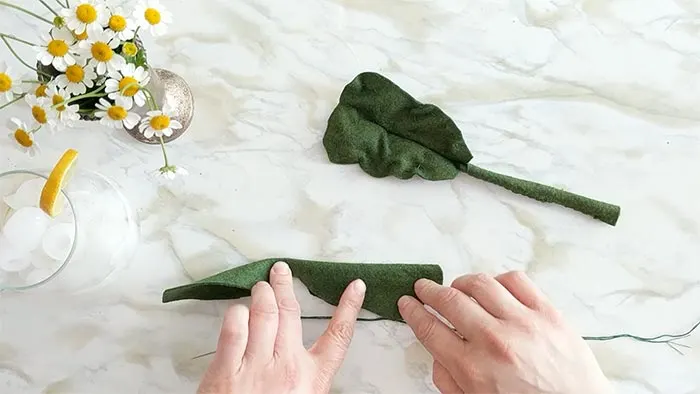
To get started you’ll need:
(alternately, skip the list below and check out my visual Felt Food Making Shopping List at Amazon)
- Really good scissors, preferably an 8″ pair for chopping and a very sharp 4″ pair for detailed cuts.
- Embroidery floss – I recommend the DMC brand popular-colors starter kit, made specifically for sewing and embroidery (beware of many cheaper embroidery flosses. Embroidery flosses that work great for friendship bracelet braiding may be very frustrating to try and sew with! Good embroidery floss has long, smooth fibers that sew easily and resist knotting. Good thread goes a long way toward making felt food creation fun, not frustrating!
- Sewing needles (if you’re an experienced sewer you might be able to move a little faster with small needles, however, large needles are easier to handle, easier to thread, and work fine)
- A fabric marking pen (you can use chalk, but the modern charcoal-based fabric pens erase with just a blot with a wet paper towel and make cutting patterns so much easier)
- Felt Fabric you can use any kind of felt, but I strongly recommend a felt with a blend of wool fiber. The problem with inexpensive eco-felt sold at craft stores is that the fibers are very short and not tightly felted, which means that if you try to rip out a seam to re-stitch an area, your felt may literally disintegrate. This also means that robust play in a kid’s play kitchen can cause felt toys to quickly deteriorate. If you’re putting the time into handcrafting, invest in wool, rayon, or even bamboo blend felt. These felts have long fibers, tighter felting, and come in way more colors. My personal sewing preference is definitely National Nonwovens felt, which can be found at Amazon.
Additional, optional, premium supplies:
- A rotary cutter, and a cutting mat to cut on
- Cornstarch for stiffening
- (mostly brown) Alcohol-based markers for shading
- Sometimes even stitched crafts need just a bit of glue for the perfect, final touch. Aleen’s Tacky Glue is the go-to glue for felt foods because it is sticky enough to grip felt without stiffening or staining when dry.
Felt Food Making Techniques:
While my supply list is pretty a pretty standard one, with the essential supplies for my felt food projects belonging in almost every felt crafter’s kit, it’s the techniques below that help set my felt food projects apart from the crowd. Here are some methods I use to get distinctive color, texture, and shaping:
Stiffening Felt for Rigid or “Crunchy” Textures
The soft spongy texture of felt doesn’t always work well to re-create crunchy play food. This is especially true for cripsy foods like tortilla chips and evens felt lettuce. For these toys, it can be helpful to pre-treat the felt with an organic, non-toxic stiffening treatment to add body and stiffness to the felt. Check out my tutorial on stiffening felt methods to learn more about this method.
Felt Toy Stuffing: Do’s & Don’ts
When you began making felt food, you’ll likely start stuffing everything with basic polyester fiber fill. With practice, however, you’ll probably find that the stuffing you use in your food toys can change the look of the final result as much as the material and techniques you use to sew it.
For example, fiberfill tends to puff out in all directions. That’s great for stuffing, for example, my felt pear, but for sewing a pattern like a hot dog bun, it’s actually really important that the sides not bulge. Learning different techniques to stuff your felt food, such as the method I describe in my free pattern for felt food french fries can add body and create a more satisfying result.
Sandwiching Pipe Cleaners Between Layers
Pipecleaners in felt toys are one of my favorite secrets: When you stitch doubled or tripled pipe cleaners into a stem of a felt food (like I show in the tutorial for making a pear and posable stem), you create a toy that can be played with more interactively. The bendable pipecleaner adds body and the ability to pose the toy.
Alcohol Ink Pigment Color for Shading
One technique that is unique to my felt food tutorials- at least I think- is the use of Copic art markers to add depth and realism to felt food. For some felt food projects, such as taco shells and potatoes, the addition of deep brown marks can add visual interest to your felt food project. You can even use a basic black sharpie to add grill marks to “grilled” felt food toys.
Hawk-Hill’s Top Felt Food Projects
Felt Food Taco Playset
One of my most popular patterns and tutorials for making felt food is this taco playset. You’ve probably seen taco felt food sets on Pinterest, but here’s how mine is a little different: “real” crispy crunchy taco shells! Well, not real, but really crispy! Using a special technique and organic food-safe ingredients to add body and stiffness, this taco playset can include tostadas, crunchy tacos, or regular soft tortillas (in “corn” or “flour”) varieties. It’s also toddler friendly, as the cheese and lettuce toppings are made from finger-friendly poofs of felt fibers.
No-Mess Spaghetti and Meatballs Felt Set
Kids and spaghetti go together like well, kids and spaghetti. This felt food tutorial takes this classic kid-friendly meal and makes it easy to play with via easy-to-handle noodles made from soft cotton yarn. To keep noodles right where they belong, the noodles are secured in place on pasta colored felt backing.
Paired with some zesty felt marinara and these easy to make felt meatballs, this felt food playset fits neatly inside of a to-go container- perfect for restaurant-themed play and for making it easy to put away toys after play.
Sunday Ham Felt Food Pattern
My newest felt food pattern is this adorable Sunday ham, the perfect pork portion for gathering dolls, toys, and pets around for a pretend Sunday dinner. This felt food ham uses a few different techniques, including weighing down the stuffing using plastic beads (you can use dry beans) to create a satisfyingly robust centerpiece for a felt food dinner.
[Ham tutorial coming soon, in the meantime, grab the pattern below]
Felt Food Waffle: Pattern and Instructions
Making the pattern for this felt food waffle wasn’t easy. Unsatisfied by existing tutorials online that called for creating an illusion of waffle squares with stitches or drawn lines, I set out to make an actual waffle using felt. Although it was one of my most time-consuming patterns to develop, the finished felt waffle pattern is actually easy to follow. It requires a combination of sewing, folding, and gluing to create an actual three-dimensional Belgian waffle made from toast colored felt. Because it’s a more complex pattern, you may not want to choose this felt waffle as your first foray into sewing felt food toys. Pair this waffle with a little pat of felt-butter and a splash of felt maple syrup, for the perfect accompaniment to my bacon and eggs felt breakfast pattern.
Making a Felt Food Butternut Squash
I try to focus on making felt food patterns for foods that are not already available as sewing patterns for toy food crafts and, at least at the time of creation, the Butternut squash came in under this category. Determined to make a cute life size Butternut squash but unable to find an existing pattern, I made my own by buying an actual Butternut squash and using that old DIY hack of making a dress form with duct tape to create a pattern in the shape of this Butternut squash. Once I peeled off the pieces, I cut them apart to make my own Butternut squash felt food pattern which you can download here.
Felt Kale and Collard Greens
Felt Kale and collard greens are two of the simplest felt food projects I’ve made. In fact, there was a season that they were my favorite thing to make absentmindedly while watching my favorite TV shows. With a little bit of thread gathering and a robust rolled stem, these techniques can turn a simple cut-out into an unmistakable rendition of everyone’s favorite (or perhaps least favorite) greens.
Free Felt Pineapple Sewing Pattern

Remember that brief period in 2018 when pineapples suddenly decorating everything summery? Around that time, Anthropologie released a felt pineapple bookend and I was obsessed with creating my own.
After some trial and error, and making no less than five life-size felt food pineapples as pattern tests, I ended up with two different patterns for creating felt pineapples. A simple version that relies on an alcohol-based art marker to create a cartoonish version of the iconic texture on the outside of a pineapple, and the second felt pineapple tutorial version which uses intricate cutting and folding to create a textural replication of the actual surface of a pineapple. You can download both patterns on my felt pineapple page.
Felt Breakfast: Pattern for Play Eggs and Bacon
For some reason, most people who begin making their own felt food tend to begin with breakfast foods. And why not?! Breakfast foods are almost inherently playful via their iconic brunch inclusion. They’re also really easy to make, so while my pattern for bacon and eggs has a few special upgrades – like using gathered thread to create crispy crinkly bacon – this is a simple easy pattern for beginners felt food makers.
Felt Sandwich Cookies
This project requires upgraded felts, but the extra thick 100% wool felt is worth it to create a cookie with a dense texture that’s easy to hold for small hands. The thicker felt is also exceptionally easy to sew: Simply cut felt rounds from the felt sandwich cookie pattern, sandwich the cookie rounds with felt filling, and stitch together to create a handmade toy version of everyone’s favorite Oreo sandwich cookies. Download the pattern below and find the full instructions here.
Felt Hot Dog and Bun
Surprisingly, making a pattern for felt food hot dog bun was one of my more challenging felt food patterns to make. Puffy on one side but straight on the other, stuffing this project in a way that maintained the actual shape of the food was a challenge. With a little bit of ingenuity – described in detail in my tutorial- I was able to create a pattern for an adorably fluffy hot dog bun, perfect for felt food diner playsets.
Making Felt Crinkle Cut French Fries
Included with the tutorial for hot dogs, these crinkle-cut French fries always bring on smiles. The three-dimensional shape and pinking-shears-cut edges make these textured french fries look much more complicated than they are. A unique stuffing method keeps them straight and crisp looking – just like great French fries should be. Learn how to make these felt French fries and download the free pattern here.
Felt Fried Chicken Drumstick Pattern
Read more about making my felt chicken leg pattern in the instructional write up.
Felt Steak Dinner with Potato and Broccoli
The heartiest meal of my entire menu of felt food patterns, my steak dinner playset includes a big felt T-bone steak, adorably realistic steamed new potatoes, and some fresh felt broccoli. Download the free pattern for this – one of my first ever felt food patterns – here.
Making a Felt Food Salad
My pattern and instructions for making this spring mix felt food playset was one of my favorite projects to create. Starting with actual leaves in a package of mixed salad greens, I created a template by tracing, stylizing, and cutting out different lettuces from felt. By using slightly different colors of green felt and using my organic stiffening method to create – food safe – textures of lettuces, I was able to create a shockingly realistic (but still adorable) felt food salad playset. Download my template below and follow the instructions here.
Conclusion
I am always working on new felt food patterns, and I’m always looking for suggestions of what you’d like to see next.
What felt food creations do you wish had a pattern, but you can’t find? Where do you get stuck on your current projects? Drop me a comment below and I will weigh in or search out an answer to your question!
Thanks for Reading!!!
I hope you can tell that I love DIY, researching the best affordable solutions for every-day problems opportunities and documenting / sharing solutions!🙌 Hawk-Hill.com is reader-supported.
☕ Hawk-Hill.com is reader-supported. If this article saved you time or money, please consider donating $1 to help me cover the cost of hosting this website OR If you appreciate this information and want to throw a “Thanks!” my way by buying me a coffee – I would Of Course appreciate it! :]
Reader Questions and Recommendations
Readers, do you have any favorite topics / posts? What would you like to read more about in the future? As I hope you can tell from this and other articles on my site, I really enjoy DIY / a good challenge, and I’m not afraid to roll up my sleeves to figure out a great, and hopefully simple 😁 solution. So please feel free to let me know in the comments below (or reach out via social media)!
Ok Really – I’ll try to wrap this up now😂
Finally, if you’d like to continue to learn about interesting DIY options as well as how YOU can tackle creative new projects consider checking out the latest and most popular articles listed on the Hawk-Hill Home Page. I’m always trying to enjoy and write about the creative side of life so please don’t be a stranger – check back often!😍
If you enjoyed this post you may also enjoy reading / perusing / devouring😊 one or all of these articles as well!


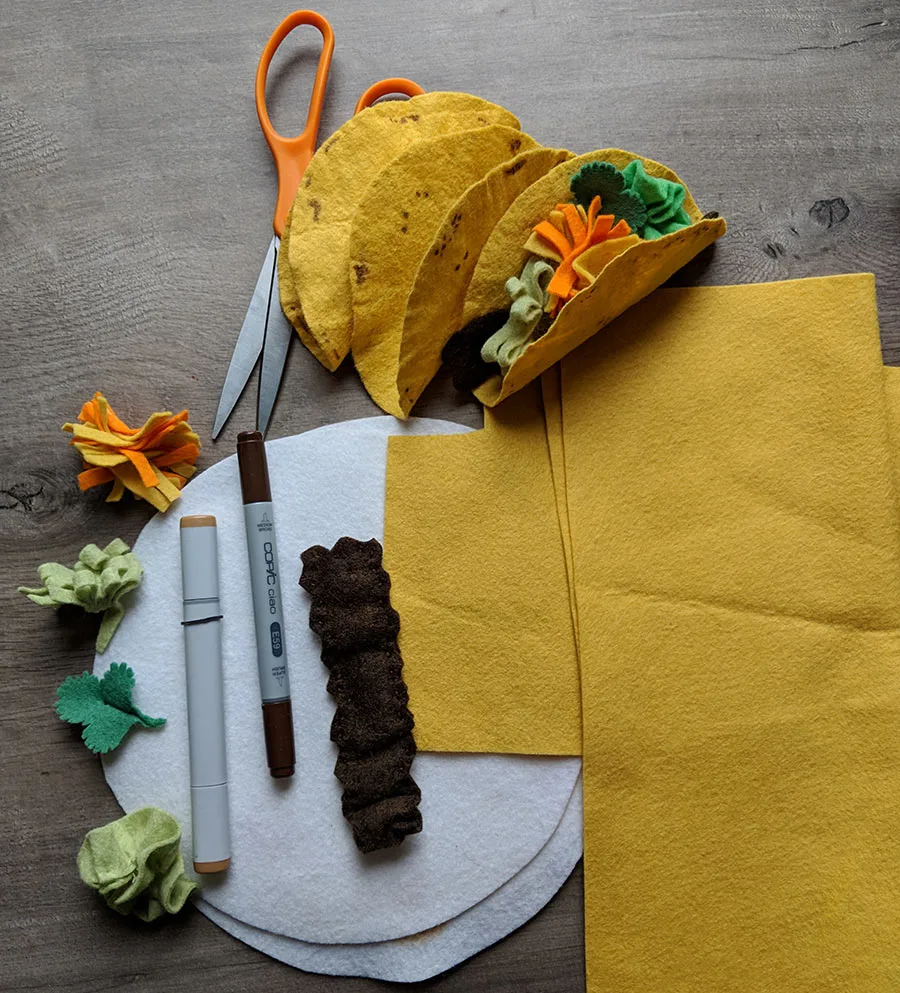
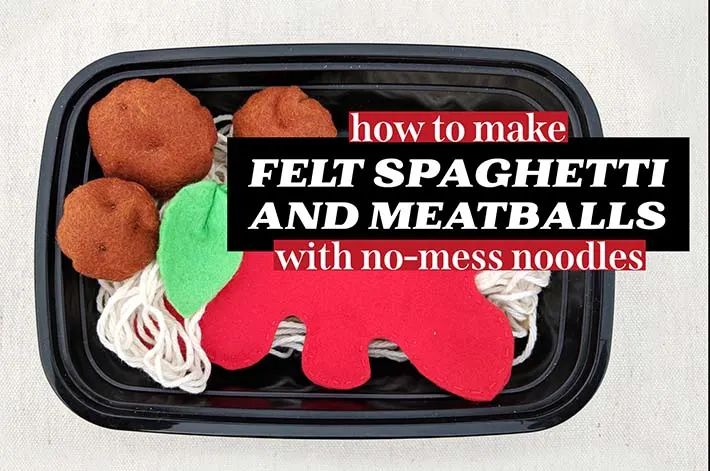
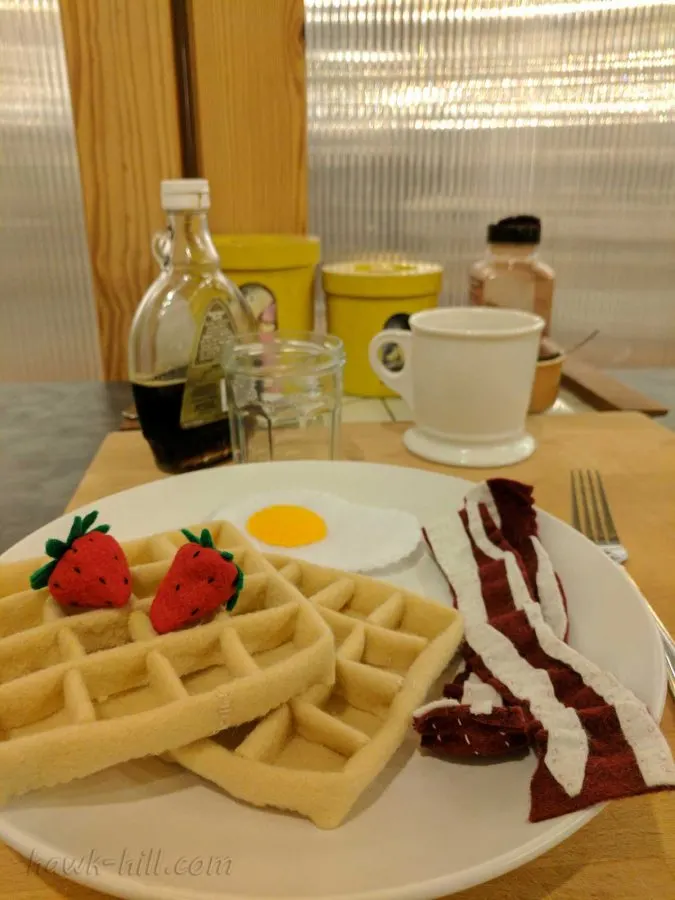

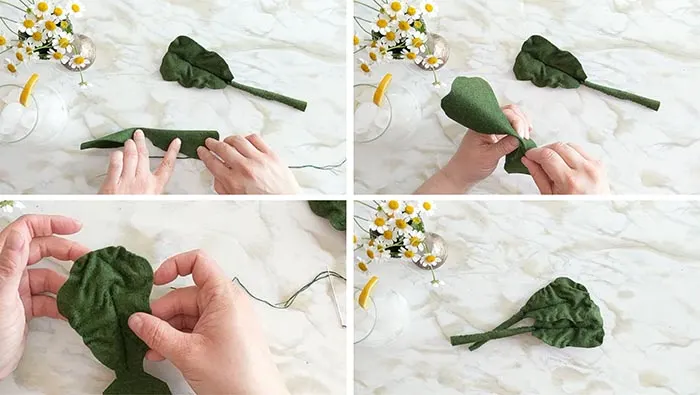
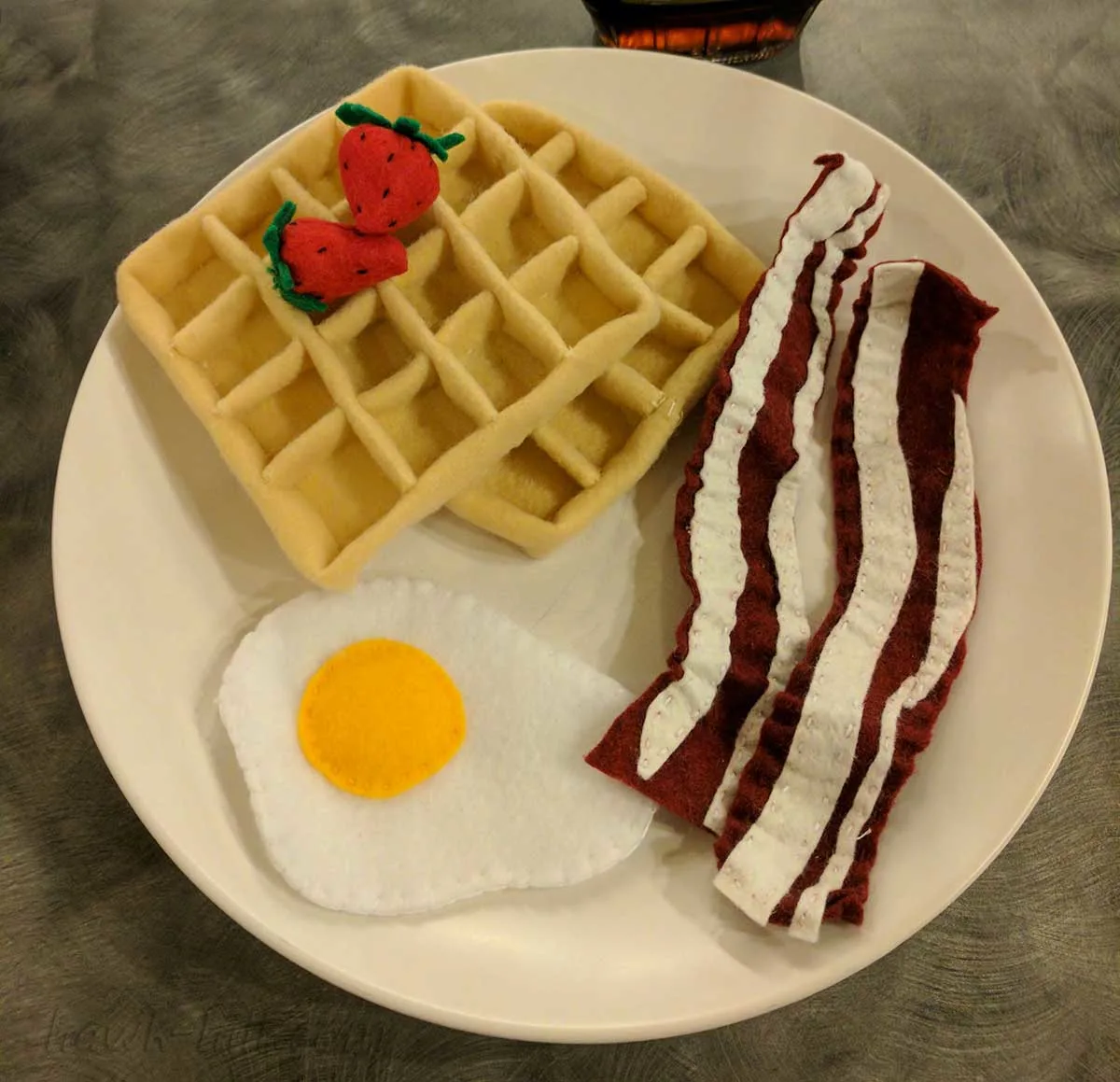

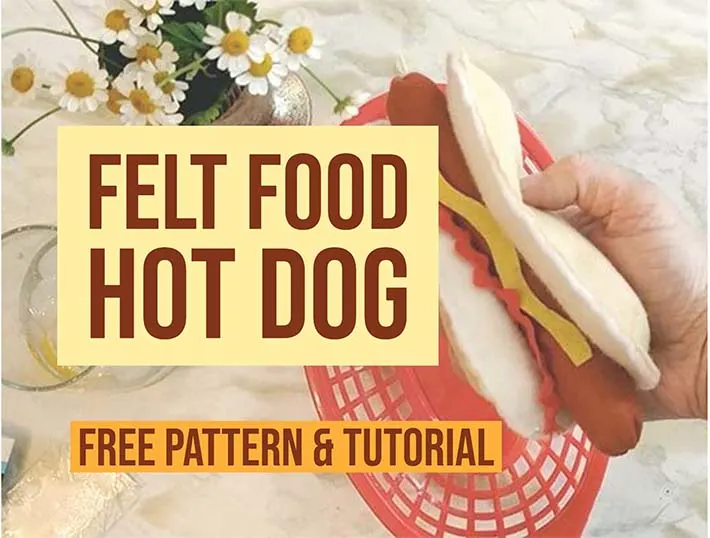
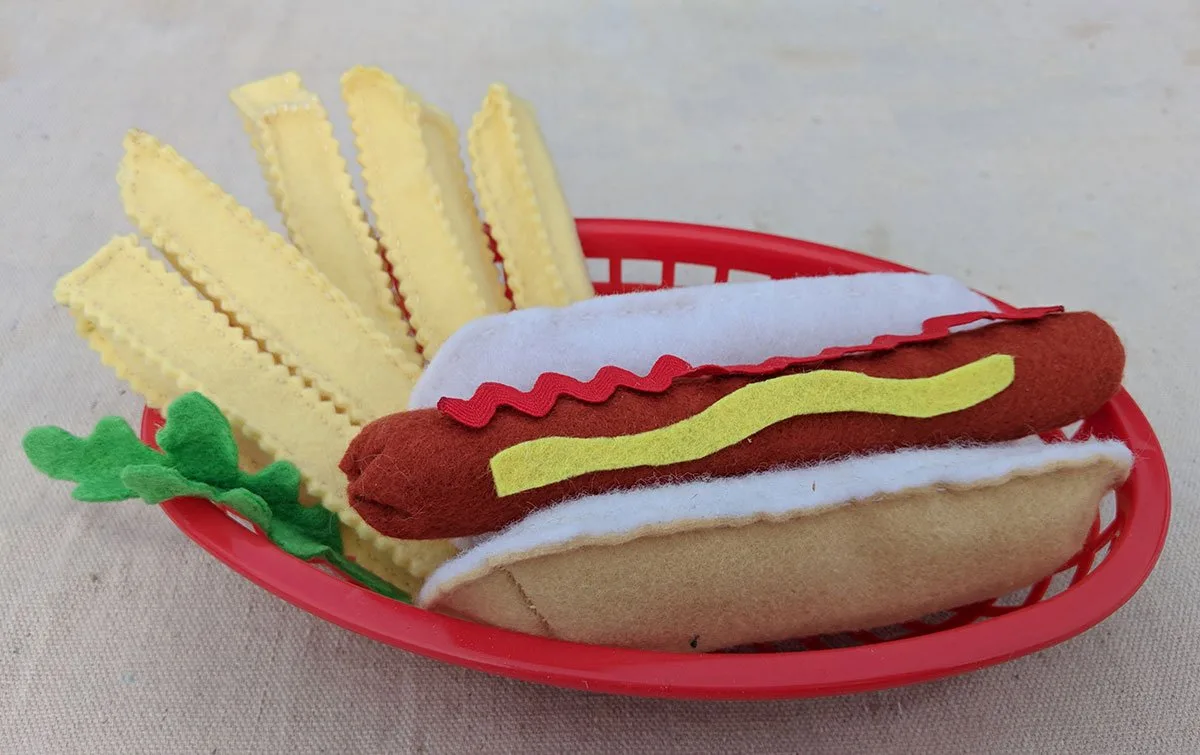
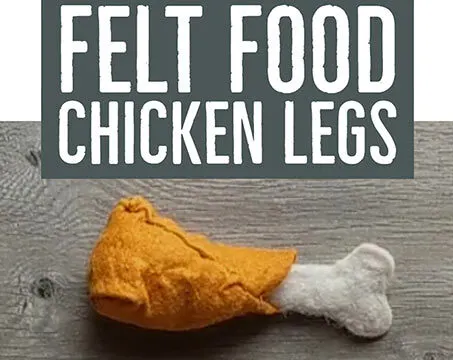
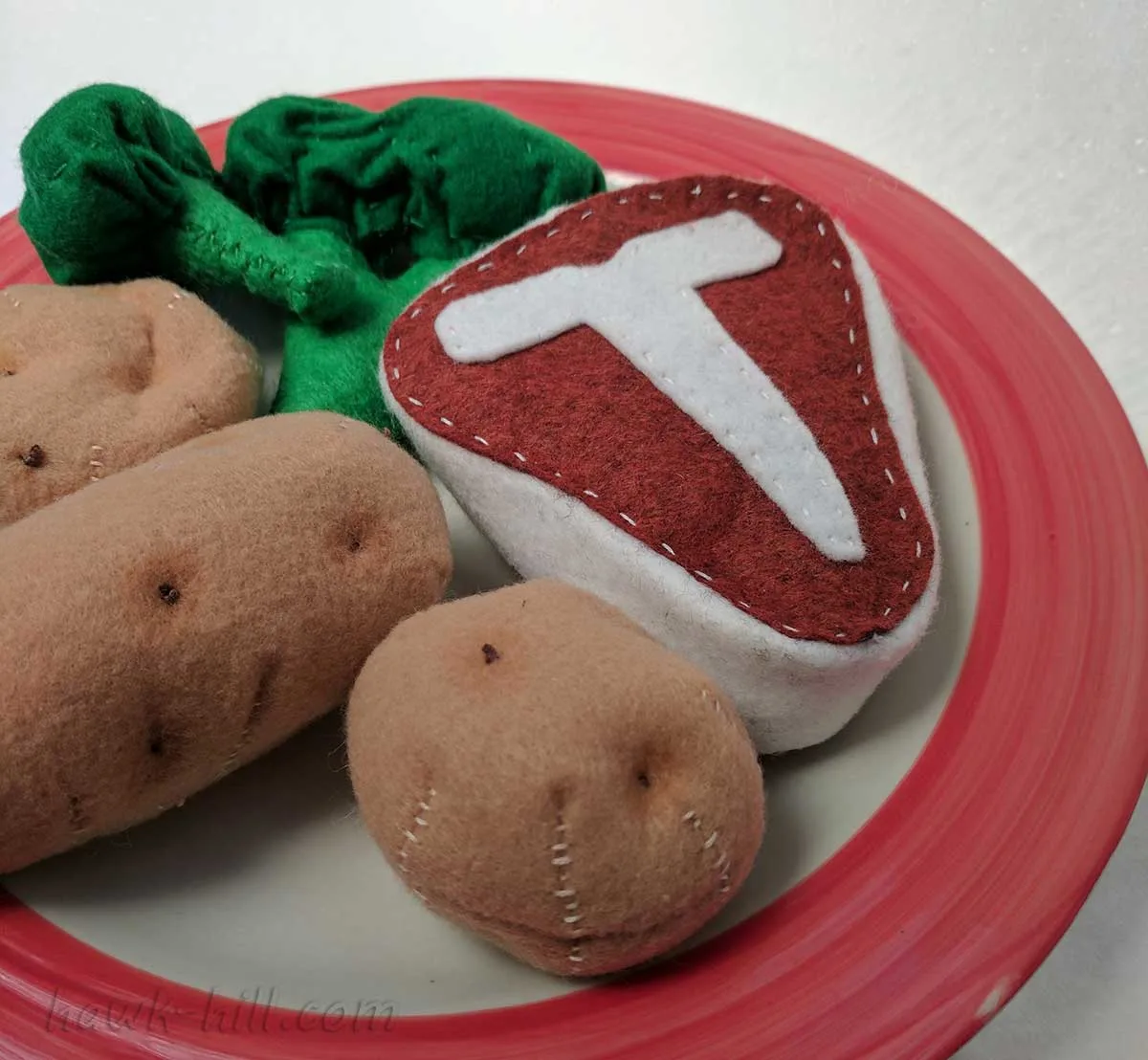

Sarah
Tuesday 12th of March 2024
Hi,
Did you ever try your hand at dying your felt fabric?
I am branching out trying my hand at cupcakes and the like and cannot find a decent felt fabric (I am in Australia) that comes in more than 4-8 basic colours.
Lindsayanne Brenner
Friday 22nd of March 2024
Ah - I never have tried dying, but I'd be very curious to find out about your experience...please let me know how it goes!
Chaeyeon Nam
Wednesday 24th of May 2023
I was finding a pineapple templete. This is the best I think Thank you for sharing :)
Lindsayanne Brenner
Wednesday 31st of May 2023
Absolutely - glad it helped!